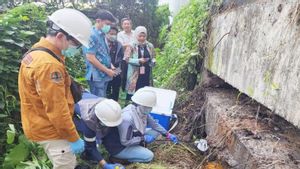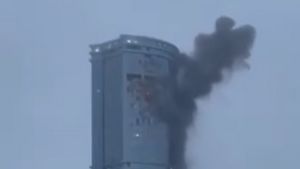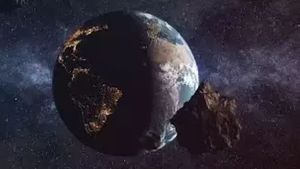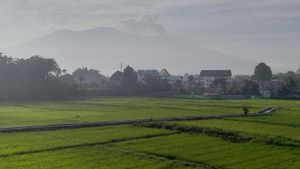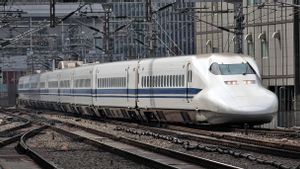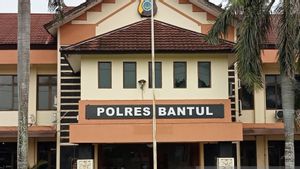JAKARTA - Scientists on Tuesday announced the discovery of a beautifully preserved dinosaur embryo dating back at least 66 million years that is preparing to hatch from its egg like a chicken.
The fossil found in Ganzhou, southern China belongs to a toothless theropod dinosaur, or oviraptorosaur, which researchers have dubbed 'Baby Yingliang.'
"This is one of the best dinosaur embryos ever found in history," University of Birmingham researcher Fion Waisum Ma, who co-authored the paper in the journal 'iScience', told AFP.
Ma and colleagues found Baby Yingliang's head lying beneath his body, with legs on either side and an arched back in a posture not previously seen in dinosaurs, but similar to that of modern birds.
In birds, behavior is controlled by the central nervous system and is called 'tucking.' Chicks preparing to hatch tuck their heads under their right wing to stabilize the head as they crack the shell with their beaks.
Embryos that fail to hatch have a higher chance of dying from failing to hatch.
"This suggests that such behavior in modern birds first evolved and originated from their dinosaur ancestors," said Ma.
An alternative to tucking might be something closer to what is seen in modern crocodiles, which assume a sitting position with their head bent at the chest until they hatch.
Oviraptorosaurus, meaning 'egg-stealing lizard', was a feathered dinosaur that lived in what is now Asia and North America during the Late Cretaceous period.
They had a varied beak shape and diet, and ranged in size from modern turkeys on the lower end to the large Gigantoraptor, which was eight meters (26 ft) long.
The baby Yingliang measures about 27 centimeters (10.6 inches) from head to tail, and is located inside a 17 centimeter long egg at the Yingliang Stone Natural History Museum.
Researchers believe the creature is between 72 and 66 million years old, and may have been preserved by a sudden landslide that buried the egg, protecting it from scavengers for thousands of years.
In addition, the researchers assessed that the dinosaur would have grown by two to three meters if it lived to adulthood, and would likely have eaten plants. The specimen is one of several egg fossils that have been forgotten in storage for decades.
The research team suspected that the eggs may have contained unborn dinosaurs, and scraped some of the eggshells of Baby Yingliang to reveal the embryo hidden inside.
"The dinosaur embryo inside its egg is one of the most beautiful fossils I have ever seen," said Professor Steve Brusatte of the University of Edinburgh, part of the research team, in a statement.
"These tiny prenatal dinosaurs looked like baby birds curled up in their eggs, which is even more evidence that many of today's bird traits first evolved in their dinosaur ancestors," he said.
The team hopes to study Baby Yingliang in more detail using advanced scanning techniques to delineate her complete skeleton, including her skull, as part of her body is still covered in rock.
The English, Chinese, Japanese, Arabic, and French versions are automatically generated by the AI. So there may still be inaccuracies in translating, please always see Indonesian as our main language. (system supported by DigitalSiber.id)



